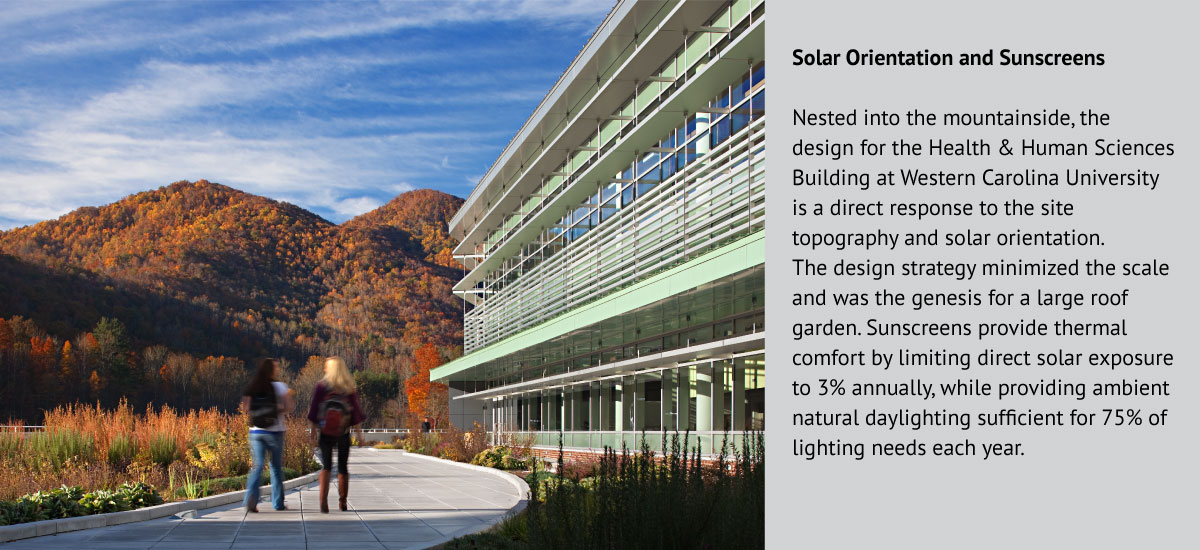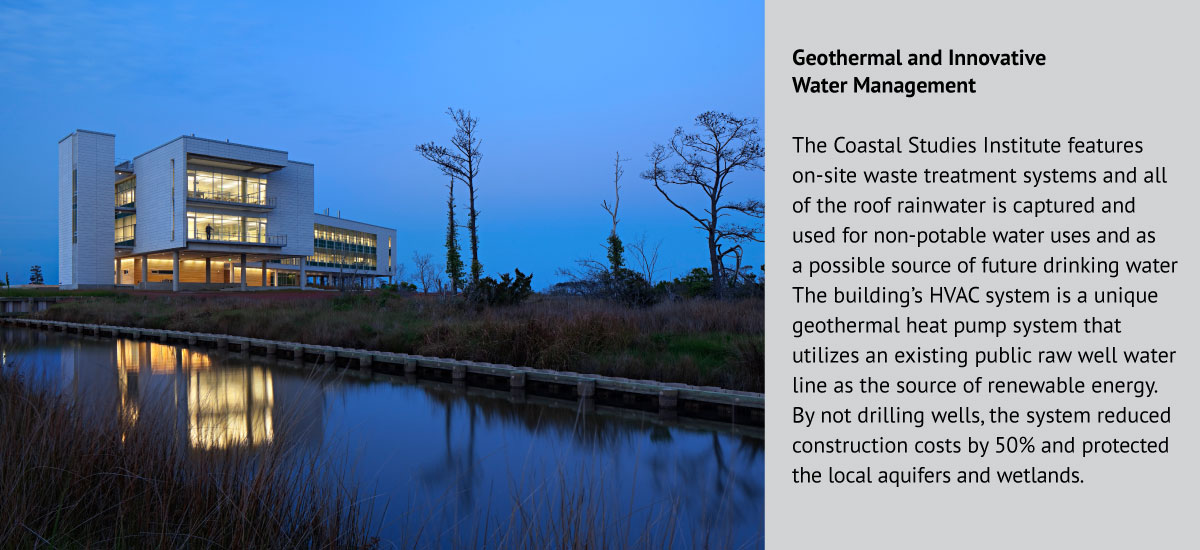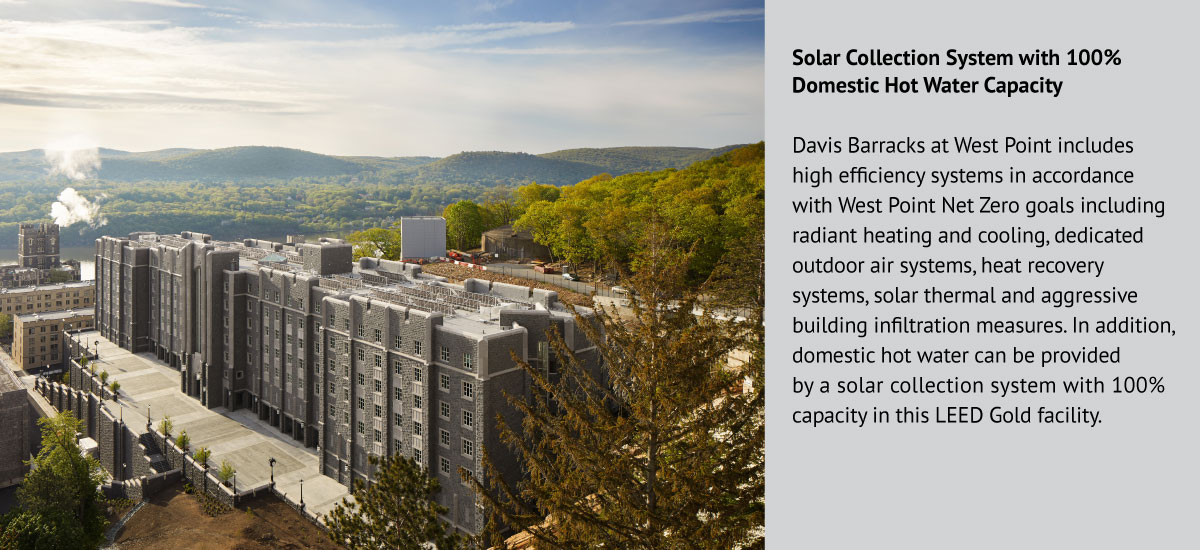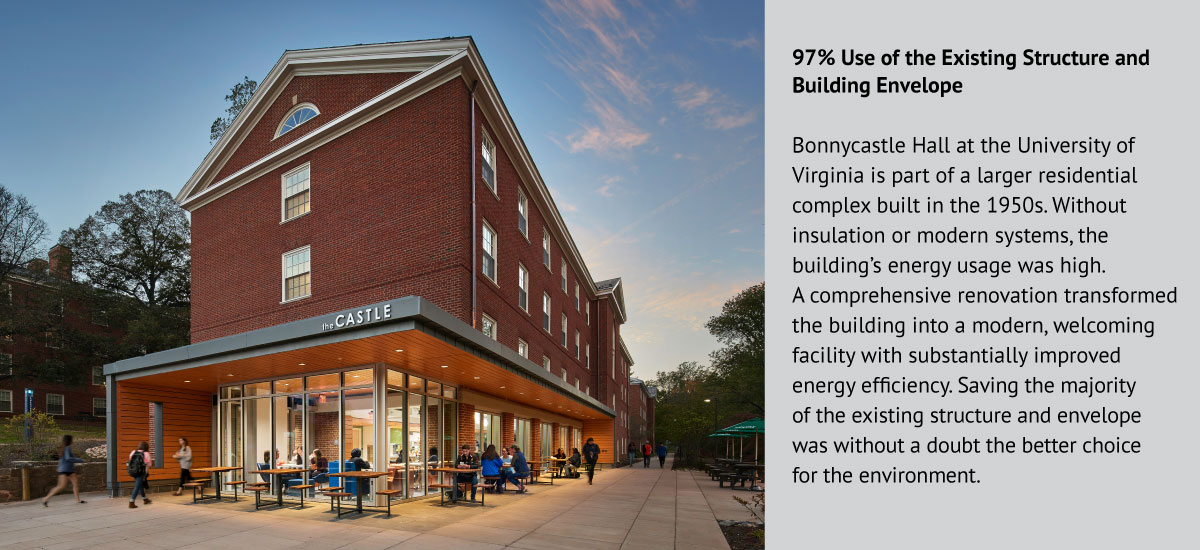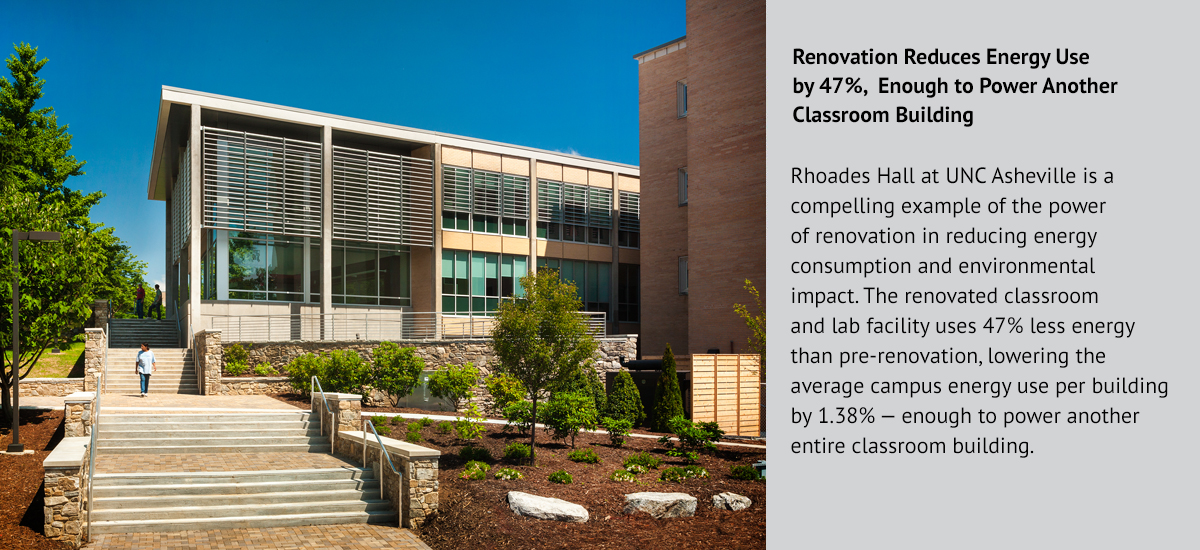As design professionals, it is our social responsibility to advance and preserve our communities through innovative, sustainable design. We view sustainability as a design imperative that benefits our world holistically, protecting our natural resources, improving the human experience, and supporting our clients’ business objectives.
Integrated Design
Integrated Design defines our approach to continuously elevating the performance and sustainability of our projects. By leveraging our transdisciplinary practice to capitalize on the intersections between internal disciplines, we share expertise, gain new insights, and uncover innovative solutions to meet the challenges of sustainability and resilience. Our Integrated Design process achieves measurable sustainable outcomes by:
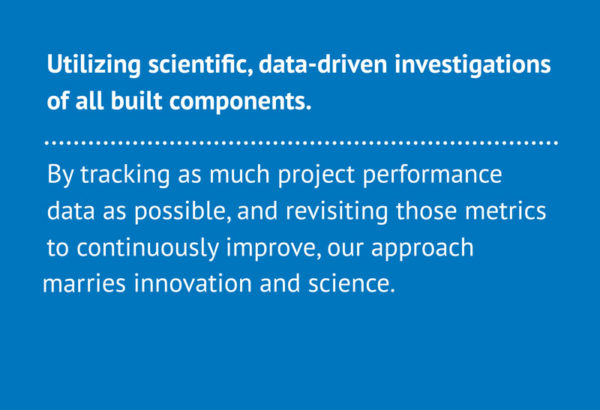

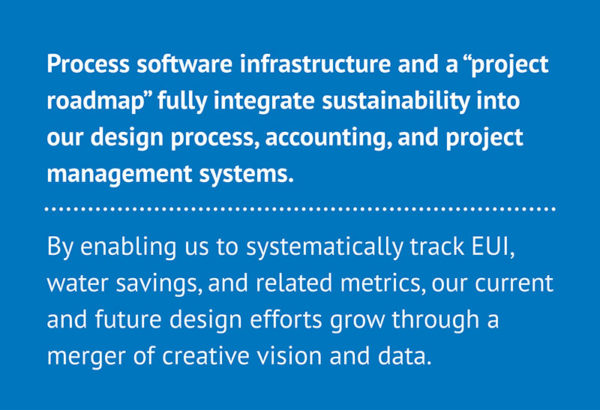
Fundamentally, we strive to holistically design systems and select materials that maximize energy conservation and human health. With both ethics and practicality driving us, it is our conviction to partner with our clients on rational, cost-effective solutions that reflect best practice sustainability.
AIA 2030 Commitment
By signing on to the AIA 2030 Commitment, Clark Nexsen has joined the select list of firms that are measuring the energy performance of their buildings and working to design all new buildings and major renovations to be carbon neutral by the year 2030. Our progress is significant; while we still have work to do, our average reduction of predicted Energy Use Intensity (pEUI) slightly exceeds the national average. With the implementation of our Building Science Group, project roadmap, and process software infrastructure for integrated design, our goal is to build on this momentum and continue to significantly improve project performance. Read our most recent 2030 Commitment Sustainability Report and Action Plan.
Structural Engineering 2050 Commitment
In January 2021, Clark Nexsen committed to the Structural Engineering 2050 Challenge, which calls structural engineers to eliminate embodied carbon in their projects by the year 2050. This commitment formalizes the measurement of embodied carbon and the development of strategies to minimize and eliminate embodied carbon in our designs. Embodied carbon will contribute more than 70% of total carbon emissions from buildings in the next 10 years alone, making the use of low carbon materials a critical priority. To achieve this goal, we are expanding our use of tools like Tally and EC3 and developing a company system for specifying healthy, low carbon materials and structural systems. As part of the SE 2050 Commitment, we annually publish an Embodied Carbon Action Plan and submit data to the SE 2050 project database, supporting the ability of all structural engineers to understand embodied carbon and set attainable targets for future projects.
Building Science Group
Making the gathering and analysis of data intuitive to the design process is critical for our industry to achieve goals for high performance buildings and infrastructure. To advance this initiative within Clark Nexsen, our Building Science Group serves as a companywide resource for energy modeling and analysis with core goals to improve project performance and generate long-term operating cost savings for our clients.
The Building Science Group is integral to informing design decisions and improving Energy Usage Intensity (EUI) outcomes, providing dedicated, full-time access to energy modeling from concept design to construction documents.
Energy Modeling
Complex design solutions require robust analysis. Our energy modelers provide high level early analysis, deep dive analysis, and compliance modeling to complement and inform the design process from kick off to completion. High level analysis supports early concept design and may include massing/orientation studies, daylighting optimization, and energy analysis. Deep dive analysis assesses and answers more challenging questions that require thorough investigation – envelope constructions, building systems, moisture transmittance, and computational fluid dynamics, among others. Compliance modeling creates full scale energy models for code compliance or certifications such as LEED or Green Globes.
SUSTAINABILITY LEADERS

Adam Torrey
Sustainability Leader
828.333.6281
atorrey@clarknexsen.com
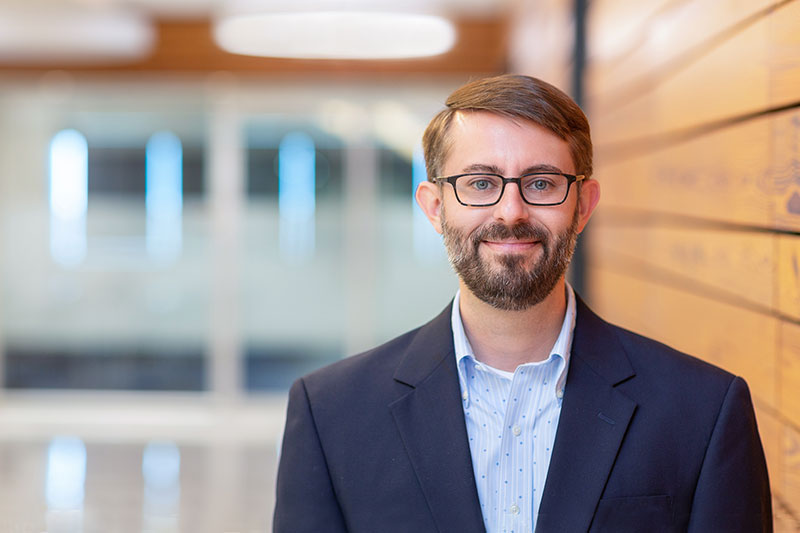
Brian Turner
Building Performance Practice Leader
757.961.7991
bturner@clarknexsen.com
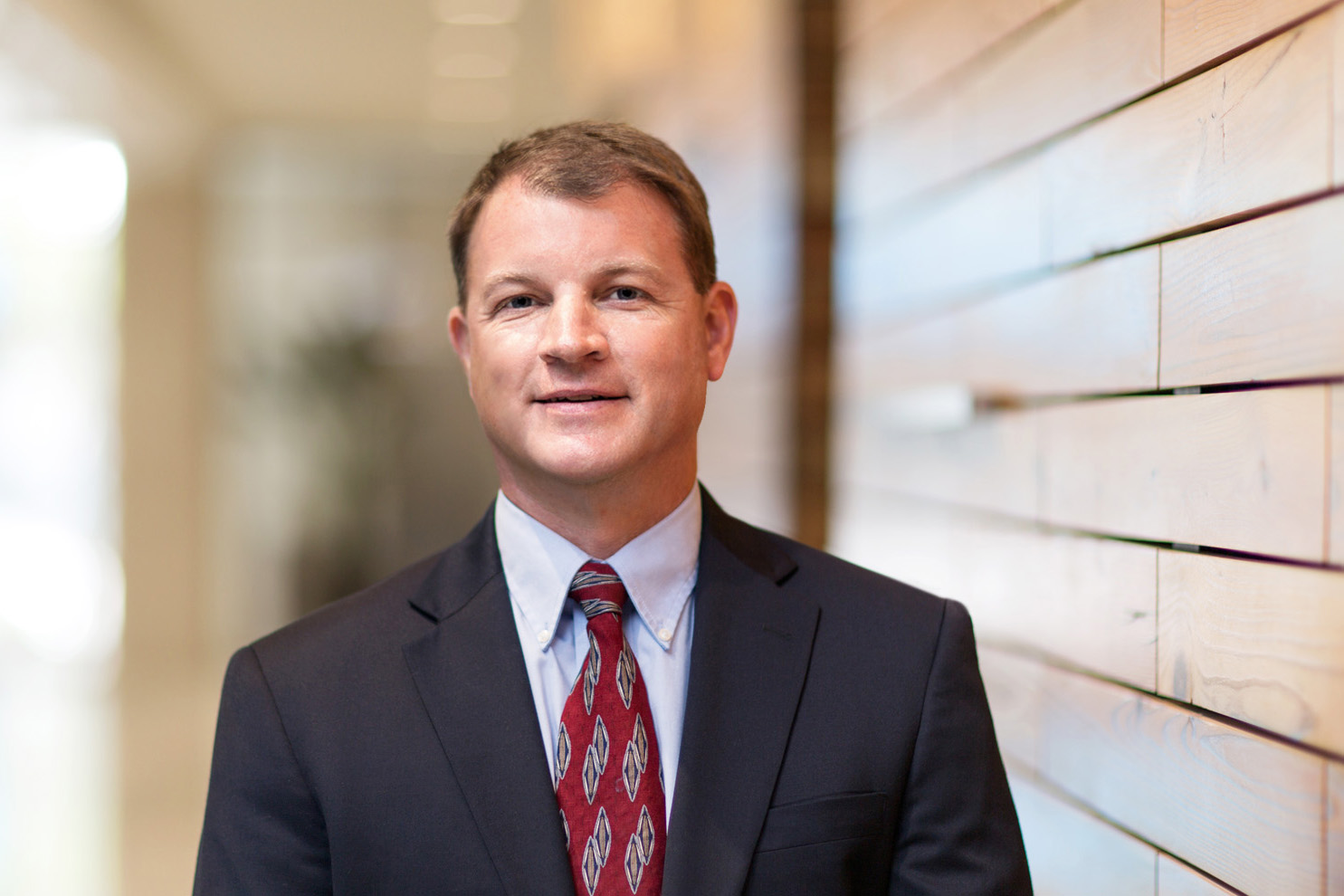
Stephen Wilson
Energy Market Leader
757.961.7904
swilson@clarknexsen.com

